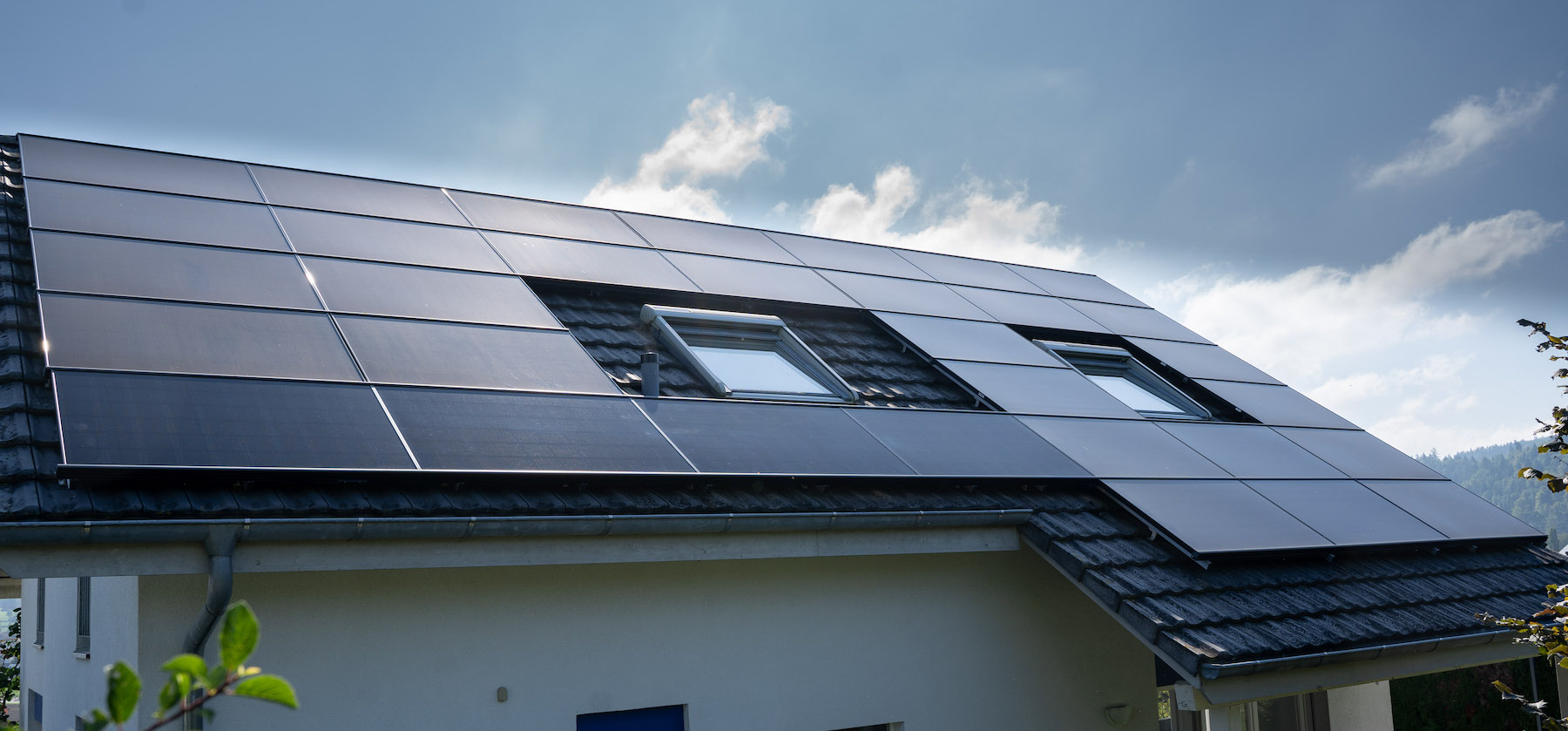Last year I wrote a review of my PV system and the 2020 production year. That was well received and I will try to continue offering it here. My system has been in operation since September 2017, I expanded it twice last year and also purchased a storage unit. In the summer of 2021 I was able to place 4 additional modules on the west roof, so there is now 15 kWp of power on the roofs.
Energy produced
Since the start of my PV installation, I have produced 42MWh, i.e. 42,000kWh of energy. Year-on-year comparisons are very difficult with my system, which has always been expanded somewhat. 2018 and 2019 can still be compared in terms of production and were very similar. There should have been significantly more production this year in 2020 and 2021 because two expansions were not active for the entire previous year. This shows that the 2021 production year was certainly the worst since I got my system:
Production and consumption 2021 in detail
This year my system produced 12,450kWh of energy, which is just under 50kWh more than last year. I can only estimate the relative yield this year with the expansion, but it should be around 880kWh/kWp. To put it simply, this means that a module with a nominal output of 320W like the one I have on the roof produced around 285kWh of energy this year. So if you’re thinking about a balcony system with two modules, you could generate over 550kWh of self-generated green energy per year.
1,770kWh from the battery
Fortunately, I was able to reduce my energy requirements slightly compared to the previous year, by 500kWh to be precise. I still needed 14,100kWh and in conjunction with the Varta storage I was able to discharge 1800kWh from the battery over the course of the year. There was a self-sufficiency rate of 56% over the year. That’s an increase of 3% compared to the previous year and in terms of self-consumption I was at 64% (63% in 2020).
Here you can clearly see that the values are very close together, and the energy fed in of 4,500kWh is also practically identical. I achieved the good self-sufficiency and self-consumption rates thanks to the intelligent solar manager, which controls the devices in the house according to production.
PV key figures 2021
Top 5 consumers
I personally think it is important to know which consumers use how much energy per year. To do this, I use the Solar Manager’s ability to measure all possible consumers. Either directly through intelligent devices such as the Easee charging station or then through measurements via Shelly 3EM or myStrom Plugs:
Heat pump (heating): 3600kWh (-10% compared to previous year)Hot water boiler: 2200kWh (-10% compared to previous year)Electromobility: 2100kWh (identical)Server & network rack: 900kWh (-18%)Laundry room: 700kWh (identical)
It’s pretty clear that heat pumps, hot water preparation (unfortunately still traditionally with a heating element) and electromobility are the biggest consumers. I was able to reduce the entire IT business in the basement by 18%, but here I seem to have slowly gotten the most out of it, without sacrificing any additional functionality or components. The consumption in the laundry room with washing machine, dryer and dehumidifier is identical. In total, I have precisely identified all consumers except for almost 4,000 kWh per year. This portion will largely fall on the unmetered kitchen, lighting and other small consumers.
Solar Manager: Can intelligently control individual consumers and measures consumers for statistics
Savings
Unfortunately this year there was less compensation for the electricity fed in and I couldn’t sell the HKN. Fortunately, I have already been able to sell the HKN for 2022. The remuneration is 6.85 cents/kWh from the network operator, which earned me around 300 CHF. The savings if there is no connection is significantly higher because you also save on network costs. This resulted in an additional 1050 CHF being saved. So a total of 1350 CHF, around 400 CHF less than last year. However, the current rising electricity prices are likely to counteract this in the next few years.
Goals for 2022
I’m taking on some of my goals from last year straight away. The best way to optimize would be to save energy. A heat pump boiler could help me, but it would be a larger project. I estimate that I will also need more electricity for electromobility in 2022. Since I can still do something regarding PV expansion, I try to maximize the PV yield. Since a facade renovation is due in the near future, this could be combined and scaffolding on the east side could finally be used for PV there too. Big goal: To produce more energy per year than you need…
